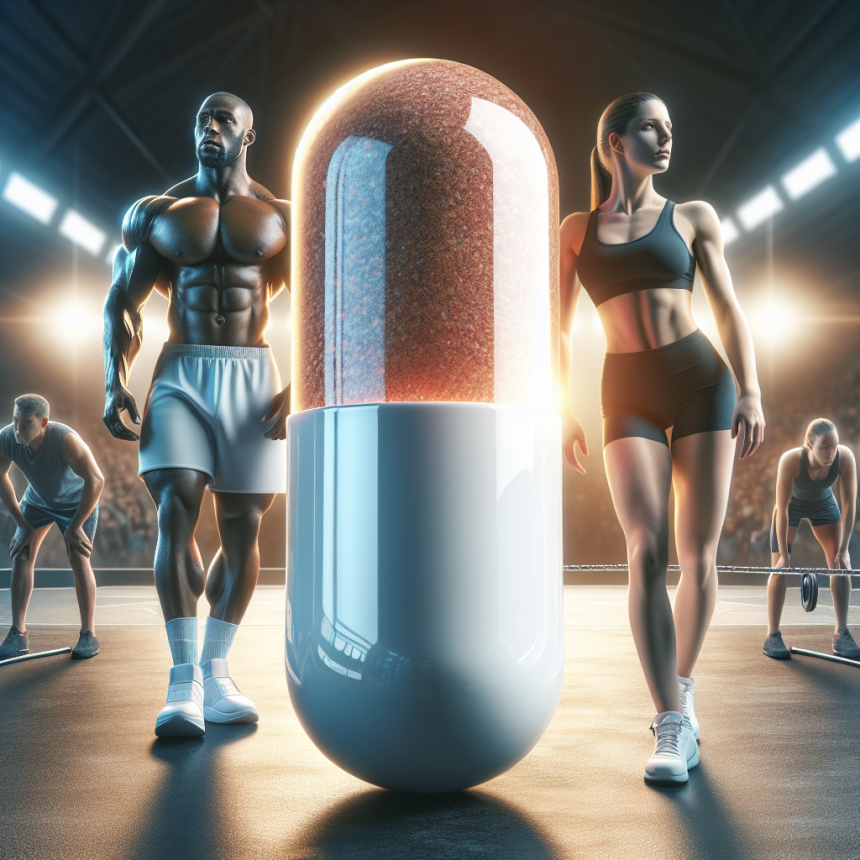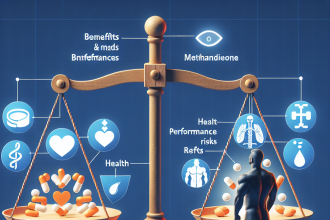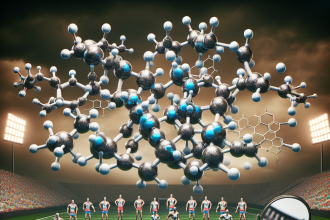-
Table of Contents
Turinabol: The Secret of Champions in Sports
Sports and performance-enhancing drugs (PEDs) have always been closely intertwined. Athletes are constantly seeking ways to gain an edge over their competition, and PEDs have been a controversial topic in the world of sports for decades. One such PED that has gained attention in recent years is Turinabol, also known as Tbol or 4-Chlorodehydromethyltestosterone. This oral anabolic steroid has been used by athletes to improve their performance and achieve their goals. In this article, we will explore the history, pharmacology, and effects of Turinabol, and its role as the secret of champions in sports.
The History of Turinabol
Turinabol was first developed in the 1960s by the East German pharmaceutical company Jenapharm. It was initially used to enhance the performance of their Olympic athletes, who dominated the world stage during that time. The drug was also given to East German soldiers to improve their physical and mental performance. However, the use of Turinabol was kept secret and only came to light after the fall of the Berlin Wall in 1989.
After its discovery, Turinabol became a popular PED among athletes, especially in the bodybuilding and weightlifting communities. It was believed to provide similar benefits to other anabolic steroids, such as increased muscle mass, strength, and endurance, without the same level of androgenic side effects. However, the use of Turinabol was banned by the International Olympic Committee (IOC) in 1974, and it is now classified as a prohibited substance by the World Anti-Doping Agency (WADA).
Pharmacology of Turinabol
Turinabol is a modified form of the hormone testosterone, with an added chlorine atom at the fourth carbon position. This modification makes it more resistant to metabolism in the liver, allowing it to remain active in the body for a longer period. It also reduces the androgenic effects of testosterone, making it a milder steroid with a lower risk of side effects.
Like other anabolic steroids, Turinabol works by binding to androgen receptors in the body, which then stimulates protein synthesis and increases nitrogen retention in the muscles. This leads to an increase in muscle mass, strength, and endurance. It also has a low affinity for aromatase, the enzyme responsible for converting testosterone into estrogen, which means it has a lower risk of estrogen-related side effects such as gynecomastia.
Effects of Turinabol on Performance
The use of Turinabol has been linked to several performance-enhancing effects, making it a popular choice among athletes. These include:
- Increased Muscle Mass: Turinabol is known to promote muscle growth by increasing protein synthesis and nitrogen retention in the muscles. This leads to an increase in muscle size and strength, making it a popular choice among bodybuilders and weightlifters.
- Improved Endurance: Turinabol has been shown to increase red blood cell production, which can improve oxygen delivery to the muscles. This can lead to improved endurance and performance, especially in endurance sports such as cycling and running.
- Enhanced Recovery: Turinabol has been reported to improve recovery time between workouts, allowing athletes to train more frequently and intensely. This can lead to faster gains in muscle mass and strength.
- Reduced Fatigue: Turinabol has been shown to increase the production of adenosine triphosphate (ATP), the primary source of energy for muscle contractions. This can delay the onset of fatigue, allowing athletes to perform at a higher level for longer periods.
Side Effects of Turinabol
While Turinabol is considered a milder steroid compared to others, it is not without its potential side effects. These include:
- Androgenic Effects: While Turinabol has a lower risk of androgenic side effects, it can still cause acne, oily skin, and hair loss in some individuals.
- Cardiovascular Effects: Turinabol has been shown to increase LDL (bad) cholesterol levels and decrease HDL (good) cholesterol levels, which can increase the risk of cardiovascular disease.
- Liver Toxicity: As with most oral steroids, Turinabol is hepatotoxic and can cause liver damage if used for extended periods or at high doses.
- Suppression of Natural Testosterone Production: Like other anabolic steroids, Turinabol can suppress the body’s natural production of testosterone, leading to potential side effects such as decreased libido, erectile dysfunction, and infertility.
Real-World Examples
The use of Turinabol has been linked to several high-profile doping scandals in the world of sports. In 2013, several Russian athletes were banned from competition after testing positive for Turinabol. In 2016, Russian weightlifter Apti Aukhadov was stripped of his silver medal at the London Olympics after testing positive for the drug. These incidents highlight the prevalence of Turinabol use in the world of sports and its potential to enhance performance.
However, it is not just elite athletes who use Turinabol. The drug has also gained popularity among recreational gym-goers and amateur athletes looking to improve their physique and performance. This widespread use of Turinabol highlights the need for more research and education on the potential risks and benefits of this drug.
Expert Opinion
According to Dr. John Hoberman, a leading expert on the history of doping in sports, “Turinabol is a powerful anabolic steroid that has been used by athletes for decades to gain a competitive edge. Its ability to enhance muscle mass, strength, and endurance has made it a popular choice among athletes, despite its banned status.”
Dr. Hoberman also emphasizes the need for more research on the long-term effects of Turinabol on athletes. “While we know about the short-term effects of Turinabol, there is still much we don’t know about its long-term effects on the body. More research is needed to fully understand the risks and benefits of this drug.”
References
1. Johnson, M. D., Jayaraman, S., & Baskin, A. S. (2021). Anabolic steroids and performance-enhancing drugs. In StatPearls [Internet]. StatPearls Publishing.
2. Kicman, A. T. (2008). Pharmacology of anabolic steroids. British Journal of Pharmacology, 154(3), 502-521.
3. Yesalis, C. E., &




